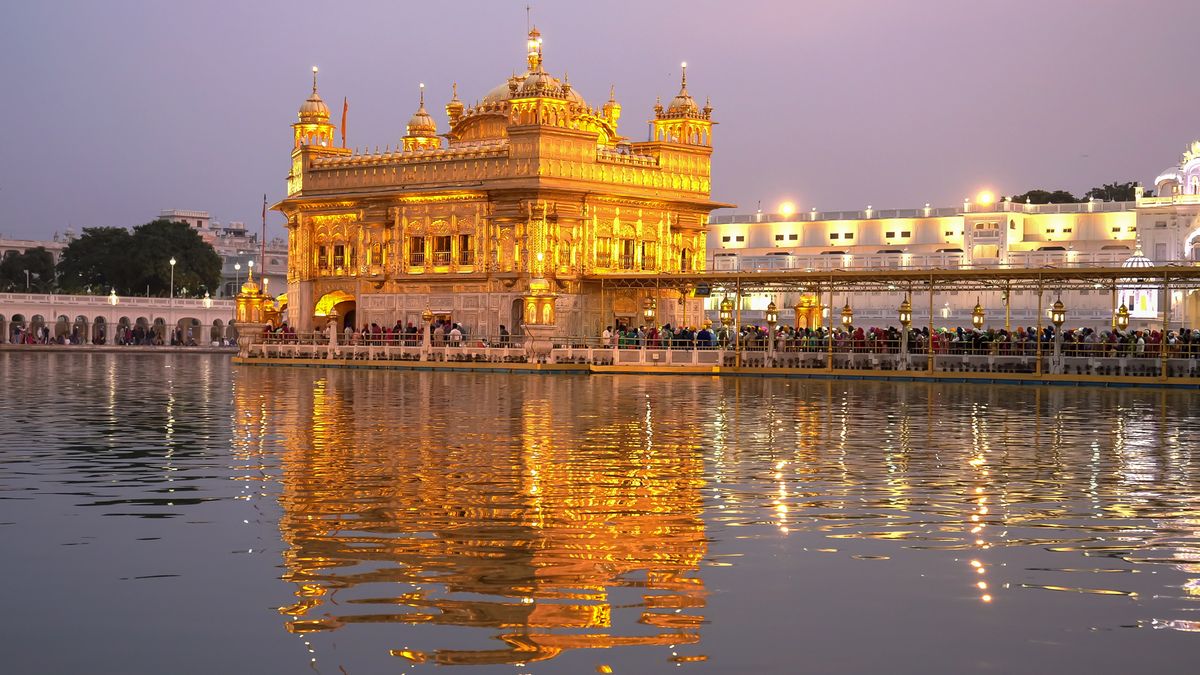See all Attractions in Krakow
Travelers also viewed these places similar to Krakus Mound
If you have been to Krakus Mound, share your experience
Review this placePlaces to visit nearby
- 30 Rękawka Street (0.7 km)
- 15a Limanowskiego Street (0.9 km)
- St Joseph's Church (0.8 km)
Things to do nearby
- KrakowKetts Recumbent Bicyle Rental (1.3 km)
Places to eat nearby
- Drukarnia (1.1 km)
- Makaroniarnia (1.1 km)
- Shanti (1 km)
Places to shop nearby
- King Square (0.9 km)
- Concierge (1.1 km)
- Reseved (1.2 km)





